What’s Budding
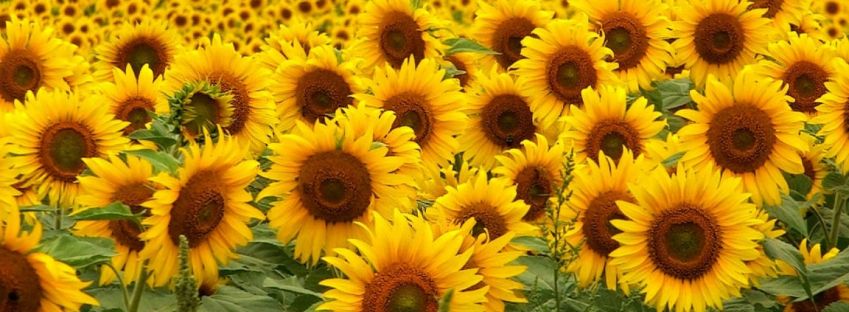
What’s Budding
Weather or Not
Michigan has always had a wide variety of weather conditions, through its four seasons. That’s one of the factors that keep many of us rooted here. It does seem that the temperature swings are more pronounced now than 20 years ago. And when we get rain, snow, freezing rain or wind- the extremes are more damaging.
What can be done in our gardens to minimize damage? There are a few approaches that will help protect your investment and reduce the chance of the garden suffering from the weather.
First and foremost, site your home and garden above the floodplain. Check flood maps, speak to the municipal zoning staff, and work with a good realtor. Avoid the heartache of putting months or years and a large financial investment into a property that might break your heart and be difficult to sell later, after a high water event like the one we experienced locally in February.
Even if you are above areas prone to flooding, think about where the water goes when it rains hard or for long periods. Look at drainage issues and redirect water and improve drainage as needed.
Evaluate whether your location is at an elevation that catches the sun and wind, is sheltered in a valley, or is located in a large relatively level area. Each has pluses and minuses, but know what you have before buying or developing your site. Consider whether fences or walls would be needed to provide shelter from wind or privacy for your preferred uses.
Do you already have large trees? Are they healthy? Are they still growing, stable, or declining? Where would they fall in a wind event? Do you see evidence of past damage in your yard or around your neighborhood? The tough question: Should you remove trees now, before your home or a neighbor’s home is damaged?
Once flood risk and wind damage risk are evaluated, think about ways to protect the garden from the inevitable freeze and thaw cycles we experience each year. A regular application of quality mulch at a depth of about 3” will act as a blanket of temperature moderation. Consider whether an anti-desiccant might help evergreens overwinter better.
Last, but not least, use caution with the ice melt products you use, and carefully evaluate where snow is piled in winter. Salt is harmful to most plants, and heavy snow piles will damage delicate evergreens and shrubs. Meet with your contractor used for those services and ask what they use, Walk with them each fall to mark areas of concern, as well as prepare an outline of the drive lane and walks that require snow or ice removal.
Planning and awareness will help protect your garden. It will also create a garden that won’t be a hazard to your home.

On the Green Side
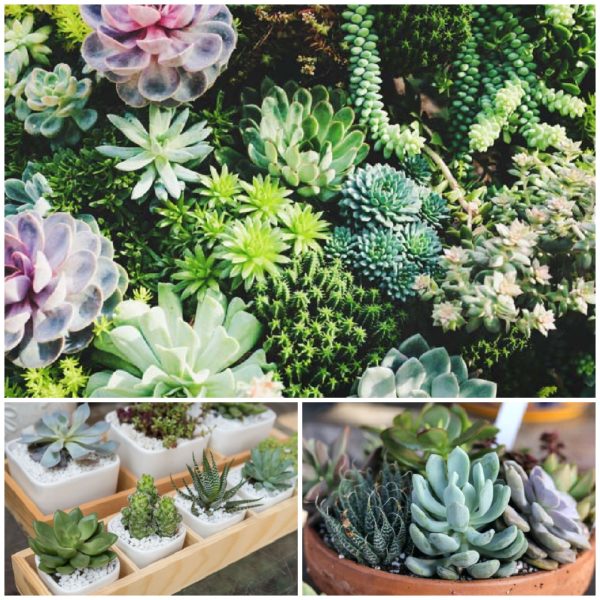
How to be Succulent Savvy
Indoor succulents have gained in popularity over the last few years. Growing succulents indoors can be a bit tricky. However, with these simple tips, you will be able to better care for your collection.
Succulents are plants with fleshy, thickened leaves and/or stems that store water. Succulents are able to survive on limited water resources, making them tolerant of drought. The biggest problem new succulent growers face is watering. These plants like to have their roots soaked with water, but then to dry out quickly. After the soil has been dry for a few days, water again. Succulents thrive with the “soak and dry” watering method.
A coarse potting mix with good drainage and aeration is necessary for succulents to grow. Many nurseries carry special cactus and succulent mixes.
When succulents are grown indoors, they need as much light as possible. Be sure to place them near the brightest window in the home or office.
Fertilize once a year. Use a balanced, all-purpose fertilizer in the spring to give them a nutrient boost in the growing season
Digging In
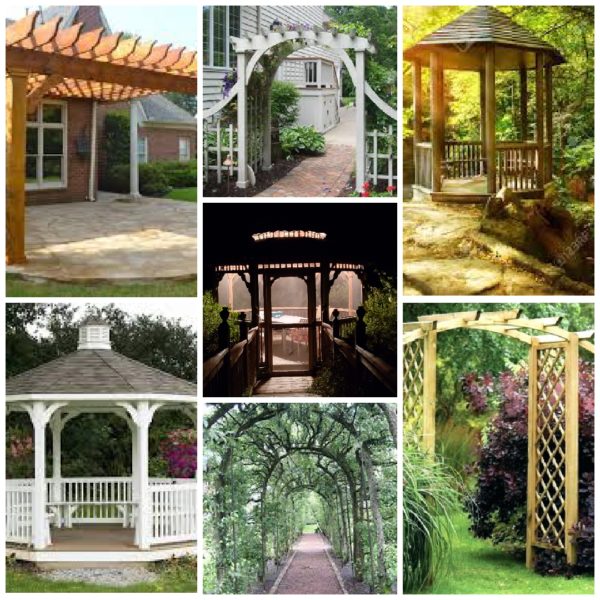
Classic Garden Structures – Gazebos, Pergolas, and Arbors
The landscape isn’t just about what we grow; it’s also about the beautiful and functional things we build.
Gazebos are a structure that provides shade, shelter, and an ornamental feature in the landscape. Often built in a public park, but they can be a great addition to the backyard. Gazebo structures are freestanding with a solid roof for shade, and a shelter from the rain. They usually have open sides, but can have screens to keep the insects out, or lattice for vines to climb on.
Gazebos have been used for centuries beginning in ancient Greece and Rome. During the Renaissance Period, they were built to offer privacy in elaborate gardens of churches and monasteries. In Asia, a teahouse is a form of a gazebo.
Pergolas are a garden structure that forms a shaded walkway, passageway, or sitting area. Vertical posts or pillars usually support cross-beams, upon which woody vines can be trained to grow. Early Egyptians built pergolas to support grapes for wine and raisins. Generally, pergolas do not have walls or a solid roof.
Arbors are meant to function almost like a doorway or entrance/exit from one part of the landscape to another. Often arbors have lattice panels that form the framework for climbing plants. Some arbors are used as a focal point in the garden, with a bench for seating underneath.
These classic garden structures can provide a cozy hideaway and refuge from the bustle and stresses of the day. I use my screened gazebo most nights in the summer to relax and enjoy dinner with my family. This could be a perfect personal oasis for you. Gazebos, pergolas, or arbors make a great focal point for your garden.

The Buzz
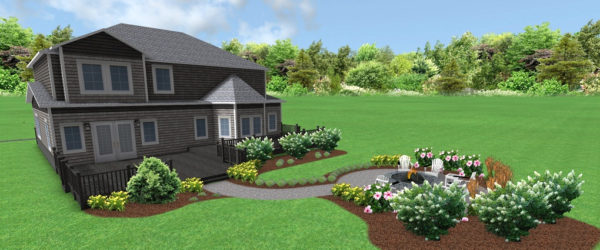
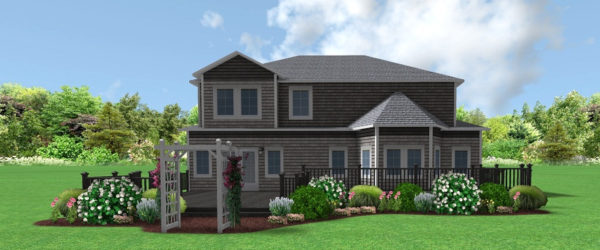
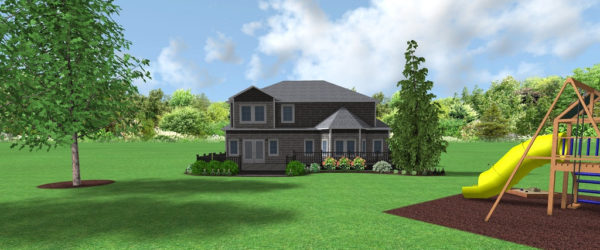
Computer-Aided Design
A computer-aided design may be appropriate for large jobs with a lot of detail, or for clients who would like to see an image of the completed job. The program allows us to show what the project will look like at the time of planting, two years out, and at maturity. Computer-aided design also allows the designer to easily change images of one plant for another, if the client wants to see a different look.
In the photos above, the same house is shown with three different designs. One features an entertainment space, another a cottage style garden, and the last, a play space for kids and low-maintenance plantings, perfect for busy young families.
Do you have a complex project in mind, or are you considering where on your property you should site a play space, vegetable garden, fruit trees, or an additional structure, like a gazebo or pergola? Call Alexa to explore what your dream landscape might look like!
Copyright © The Plant Professionals